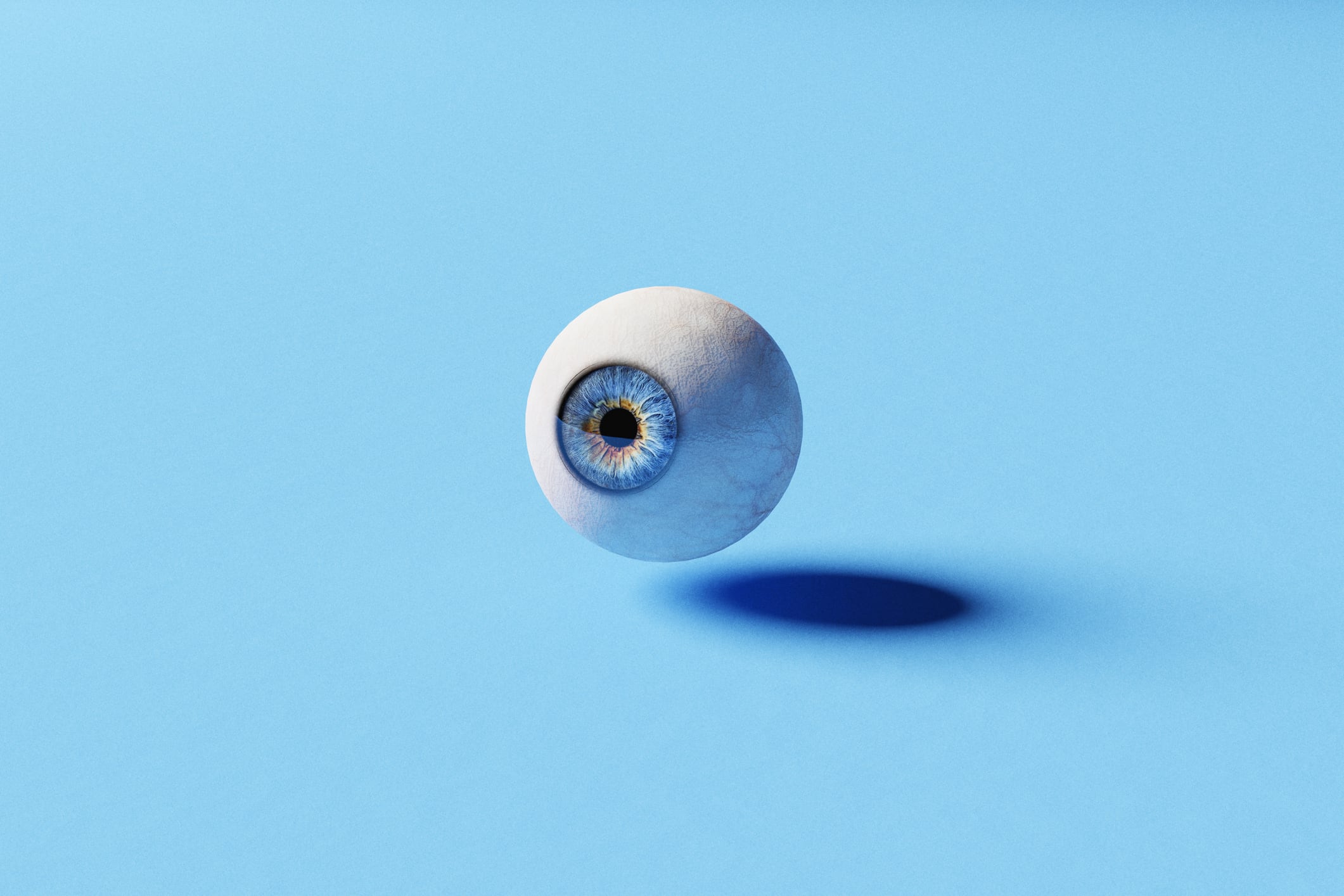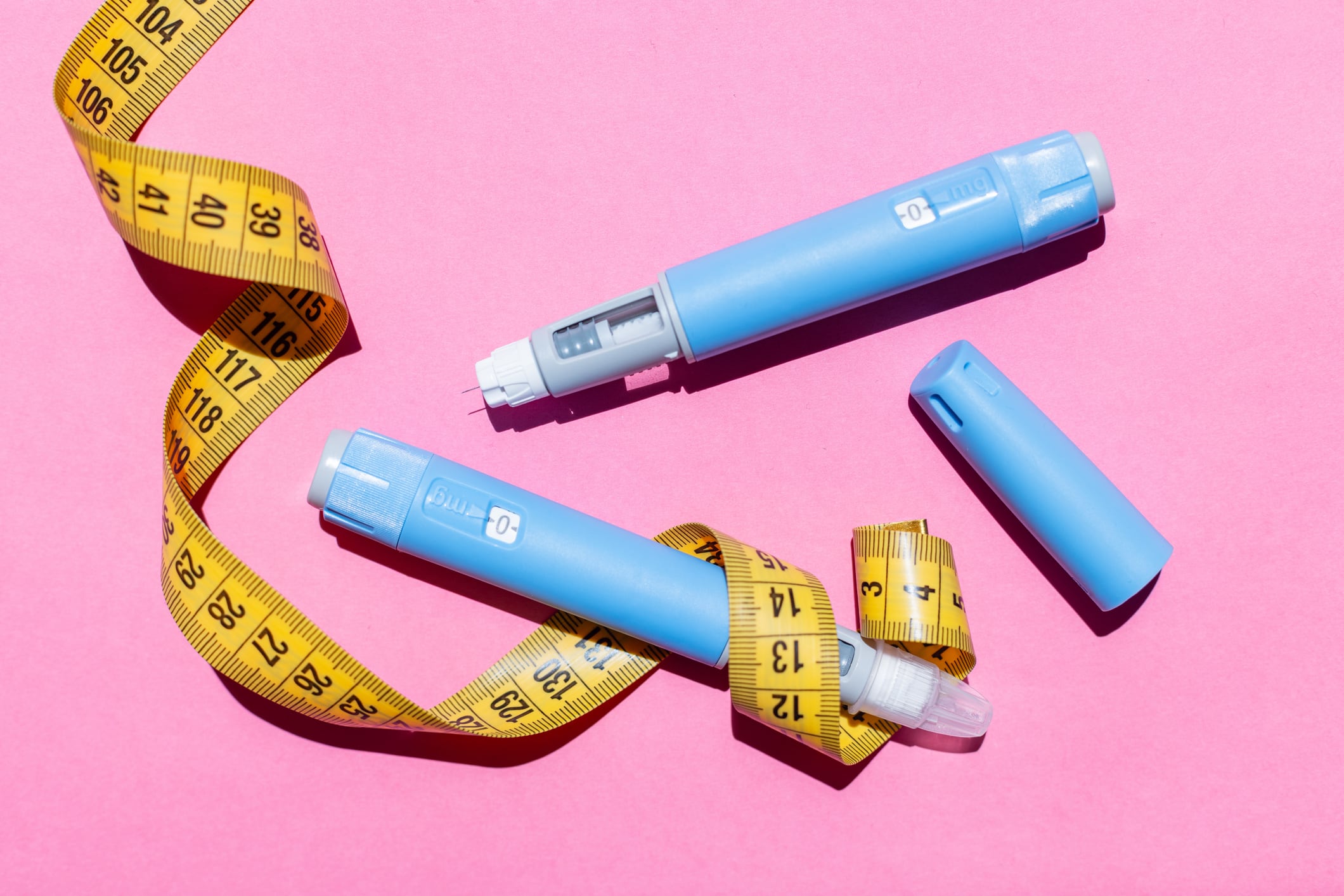Summary of GLP-1 vision loss concerns and industry impact
- Robbie Williams claims GLP-1 weight loss drugs are harming his vision
- Research links liraglutide and semaglutide to rare optic nerve damage
- No proven causal link yet but concerns may deter some GLP-1 users
- Food and beverage brands face uncertainty as GLP-1 adoption trends shift
- Natural GLP-1 alternatives gain traction amid fears of drug side effects
GLP-1 weight loss drugs have known side effects. Some users experience nausea, others constipation. But now another potential side effect has been thrown into the spotlight, literally, by global superstar Robbie Williams.
Vision impairment takes centre stage
The UK singer, best known hits Angels, Rock DJ and Let Me Entertain You, has told British tabloid newspaper The Sun that GLP-1 weight loss drugs are significantly impacting his vision: “I don’t believe it’s age; I believe it’s the jabs.”

The speculation comes amid a surge of consumer interest in GLP-1 drugs that’s prompted GLP-1 friendly innovation – including in food and drink.
Eli Lilly, manufacturer of Mounjaro – the GLP-1 drug Williams has been taking for weight loss for years – says it will keep evaluating the data, including any information related to eye-related issues.
But in the meantime, are there any learnings for food manufacturers, investors, and start-ups playing in the GLP-1 arena?
Links between GLP-1s and sight loss
Williams’ claim will be surprising to many, but not all. Recent evidence suggests that certain GLP-1 drugs may carry a higher risk of serious vision complications, including a rare condition that can cause sudden and irreversible sight loss.
Research has raised concerns about certain active ingredients in popular GLP-1 medications, including liraglutide (the compound used in Saxenda and Victoza) and semaglutide (the active ingredient in Ozempic and Wegovy).
Notably, neither of these ingredients is in Mounjaro, the drug Williams takes.
How GLP-1 drugs work
GLP-1 drugs, otherwise known as glucagon-like peptide-1 receptor agonists, work by mimicking the effects of a natural hormone called GLP-1. This hormone helps regulate blood sugar and slow down digestion, meaning users feel fuller (or satieted) and eat less.
A recent paper published in JAMA Ophthalmology found a possible link between liraglutide and a higher incidence of Non-Arteritic Anterior Ischemic Optic Neuropathy (NAION) in adults with diabetes. NAION, sometimes referred to as an “eye stroke”, can damage nerve tissue and lead to rapid, often permanent, vision loss.
Previous observational work has raised similar concerns about semaglutide. However, no causal relationship has been proven between vision loss and either semaglutide or liraglutide.
Side effect fears deter some, but not all
New, lesser-known side effects are scary for consumers, and pharmaceutical companies will be watching these developments unfold. If fewer people choose to take GLP-1s, that means less revenue for big players like Eli Lilly and Ozempic maker Novo Nordisk.
This ripple effect extends beyond pharma to food and beverage companies investing in GLP-1 friendly products. If the number of people taking weight-loss drugs drops amid vision loss fears, they’ll also be wanting to know.
Concerns around potential side effects are a known reason people choose not to take GLP-1 drugs. With a potential new side effect now brought to consumers’ attention, it’s likely even more will be deterred.
But, importantly, not all. Not even Robbie Williams himself, who despite believing GLP-1s are to blame for his poor vision, says he’ll continue to take the drugs.

Food and drink makers must decide whether this high-profile health scare will significantly reduce GLP-1 use. For most, the lack of causal evidence will be enough to push forward as planned. If fresh evidence comes to light explaining how GLP-1s impair vision, that’s a different story.
Vision loss concerns throw ‘natural’ alternatives in the spotlight
Fear of side-effects is often only one among several barriers to taking GLP-1 drugs. Others include cost, access, and perception of needing long-term therapy.
All of these factors draw attention to another kind of innovation in the GLP-1 space: new ingredients and formulations that mimic GLP-1 but without the cost and needles of drugs like Wegovy or Mounjaro.
For example, Lembas in Israel is creating “food-grade bioactives” that help people feel full. Another in the UK, PulseOn, is making a novel ingredient from pulses and legumes to stimulate GLP-1 release.
For F&B investors and manufacturers, these ‘natural’ offerings could provide an exciting opportunity to appeal to all, particularly amid GLP-1 side effect fears. And if more research comes out linking GLP-1 drugs to adverse side effects, it’s likely demand for non-pharma products will surge.
So do pharmaceutical side effects matter to food and beverage? Yes, they absolutely do. It’s up to industry to weigh up just how much, and act.
Future research will determine whether the industry doubles down on GLP-1 friendly foods or pivots towards natural alternatives – but either way, the stakes are high.

Want to learn more about weight management in the GLP-1 era?
How is the food industry responding to the rise of GLP-1s like Wegovy or Mounjaro?
From reformulation to portion control, appetite suppression to satiety science - the GLP-1 revolution is reshaping how we think about food innovation and weight management.
Join us at our free digital summit to hear from leading experts, brands and researchers tackling the big questions:
- What role can food play in supporting GLP-1 users?
- How are consumer needs and expectations evolving?
- What are the opportunities for innovation?
Weight Management: Food Innovation in the GLP-1 Era will be broadcast November 2025.





